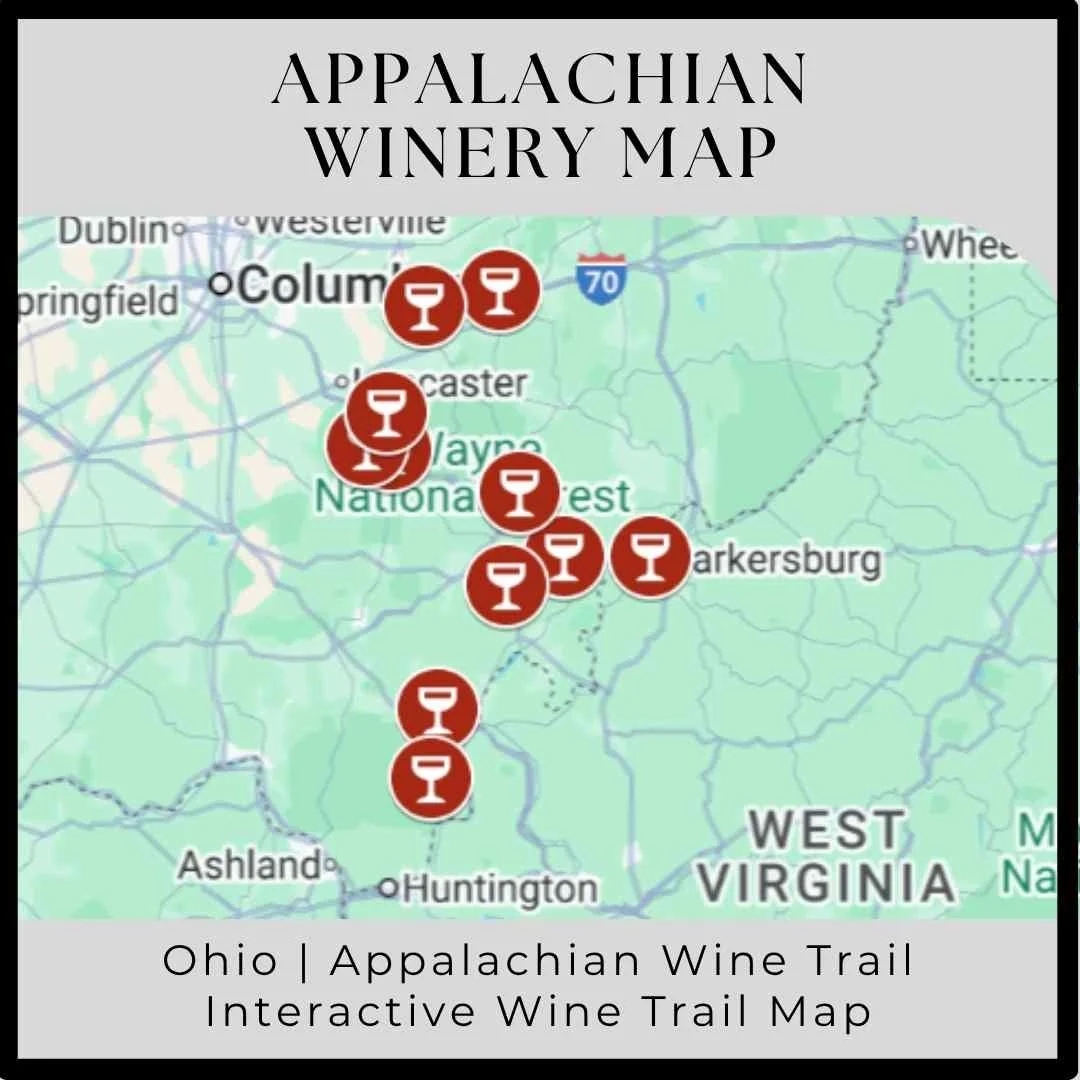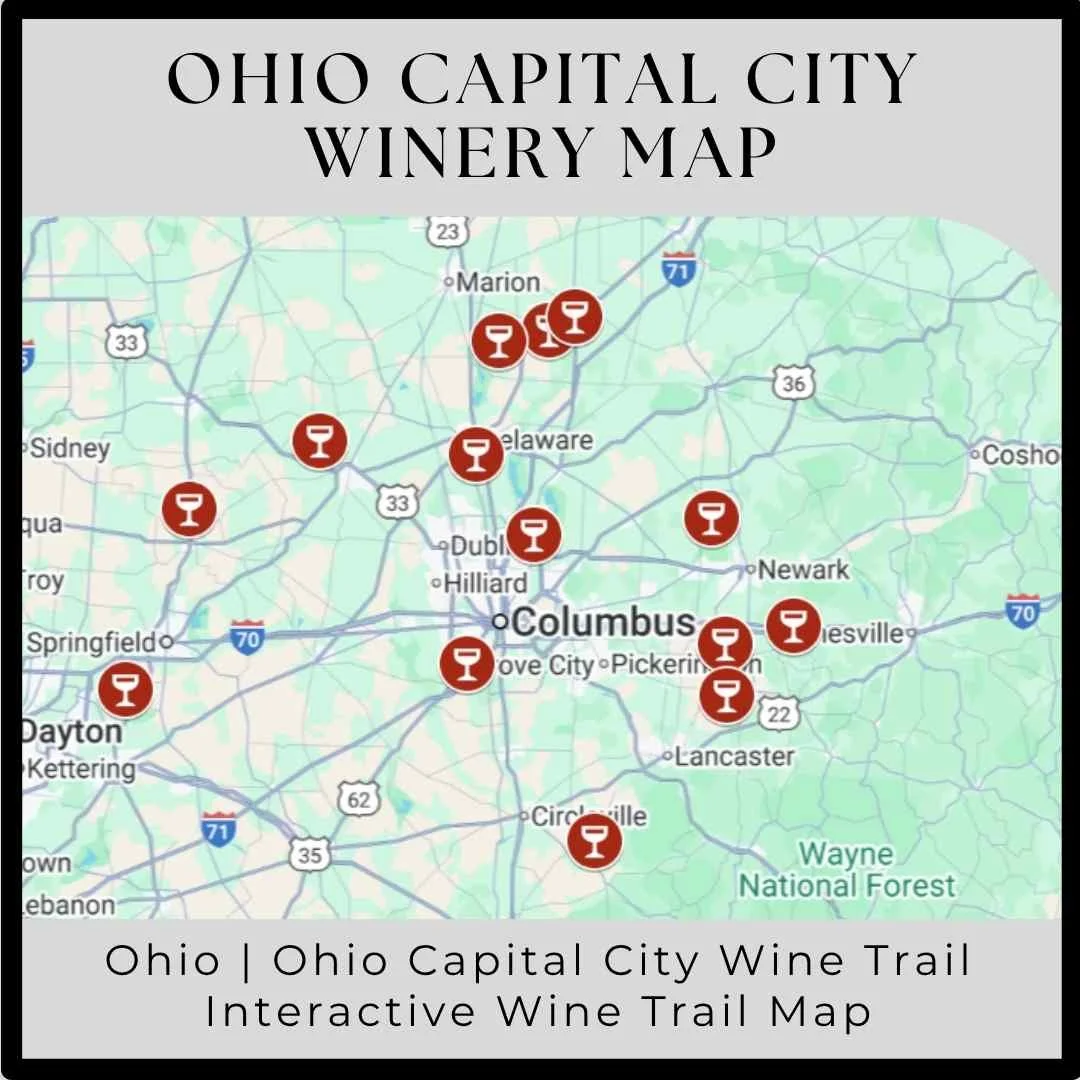Top Wine Grape Varieties in Long Island
Exploring Emerging Styles and Trends in the Long Island Wine Region
New York | Long Island | Wine Region Education
Merlot is the most widely planted grape in Long Island
Long Island has become one of the premier wine regions in the United States. Spanning the North Fork and Hamptons wine trails, it offers a compelling mix of traditional European vinifera grapes, which have been the backbone of the region, along with exciting new experimental varietals. Its unique maritime climate, with moderate temperatures and coastal breezes, provides ideal conditions for Long Island wine production. The combination of well-draining sandy soils and proximity to the ocean allows winemakers to produce high-quality, expressive wines. Whether you’re enjoying a Long Island wine tour or simply indulging in a tasting, Long Island's wines strike a perfect balance between traditional winemaking techniques and innovative, experimental approaches.
Key Grape Varieties and Plantings on Long Island
The key to understanding Long Island wine is knowing the grape varieties that thrive in its unique terroir. While Merlot has long been the region’s flagship grape, other varieties, such as Chardonnay, Sauvignon Blanc, and Cabernet Franc, are also integral to the region’s wine identity. Here’s a look at the most common wine grape varieties grown on Long Island, along with the acreage dedicated to each:
Grape Variety Acreage on Long Island
Merlot - 658 acres
Chardonnay - 440 acres
Cabernet Franc - 215 acres
Cabernet Sauvignon - 143 acres
Sauvignon Blanc - 82 acres
These numbers, sourced from the New York Wine & Grape Foundation, reflect the dominant role of Bordeaux varieties in Long Island wine production. While not many hybrids are grown on Long Island, the region focuses primarily on vitis vinifera—classic European grapes.
Merlot: The Star of Long Island Wine
When it comes to Long Island wine, Merlot reigns supreme. It is the most planted red grape, making up nearly 30% of the region's total vineyard plantings, with nearly 700 acres dedicated to it. The region’s temperate climate allows Merlot to ripen consistently, often earlier than other Bordeaux reds like Cabernet Sauvignon. This consistency, combined with Merlot’s softer tannins and rich berry flavors, makes it a favorite among winemakers for both single-varietal bottlings and blends.
Merlot plays a versatile role in Long Island wine tasting rooms. You’ll find it bottled on its own, crafted into Bordeaux-style blends, or even featured in rosés and sparkling wines. The grape’s adaptability makes it a cornerstone of Long Island wine, and many other regions source Merlot grapes from Long Island for their own wine production.
Chardonnay: The Dominant White
Chardonnay is the most planted white grape variety on Long Island, with 440 acres in cultivation. The range of styles that Long Island’s winemakers produce with this grape is impressive, from crisp, unoaked Chardonnay that focuses on minerality and fresh acidity to richer, oak-aged versions with notes of vanilla, butter, and tropical fruit. The variety of Chardonnay available makes it a staple in any Long Island wine tour itinerary, ensuring there’s a bottle for every palate.
Sauvignon Blanc: A Rising Star in Long Island Wine
Though Sauvignon Blanc accounts for just 82 acres of Long Island vineyards, this varietal is quickly gaining traction. With the region’s sandy soils and cool coastal breezes, Sauvignon Blanc grapes develop a vibrant character, often compared to the famous wines of France’s Loire Valley, particularly Sancerre. Long Island’s Sauvignon Blanc is typically bright, with notes of pear, tropical fruit, and zesty acidity, making it ideal for pairing with seafood—especially oysters, a local specialty.
One standout example is Paumanok Vineyards’ 2019 Late Harvest Sauvignon Blanc, which won the Governor’s Cup at the 2023 New York Wine Classic, the most prestigious accolade for New York wine. This wine, which also took home the title of Best Dessert Wine, is a testament to the region’s potential for both high-quality Sauvignon Blanc and the production of complex, late-harvest wines.
Cabernet Franc: A Workhorse Red
Cabernet Franc is another Bordeaux variety that thrives in Long Island’s climate, with 215 acres of vineyard space dedicated to this grape. Known for its aromatic qualities and bright acidity, Cabernet Franc produces vibrant, medium-bodied wines with flavors of red berries, herbs, and spice. Whether bottled as a single varietal or blended with Merlot and Cabernet Sauvignon, Cabernet Franc showcases the depth and versatility of Long Island wine.
Cabernet Sauvignon: A Challenging but Rewarding Red
Though it takes up 143 acres, Cabernet Sauvignon is more challenging to grow in Long Island due to its longer ripening period. However, when the vintage conditions are right, this grape can produce structured, complex wines with bold tannins and flavors of black currant, cedar, and tobacco. Long Island winemakers often blend Cabernet Sauvignon with Merlot and Cabernet Franc to create Bordeaux-style red blends.
Emerging Wine Grapes on Long Island
Long Island is not just about the classic Bordeaux varieties. Winemakers here are constantly experimenting with new grape varieties, adding exciting options for visitors and wine lovers. The region is well-suited to European grapes that thrive in maritime climates, and several lesser-known varieties are starting to gain attention:
Albariño: Albariño, a white wine grape native to Spain's Galicia region, is gaining popularity on Long Island. Though it has thick skins, Albariño is sensitive to mildew and rot, making well-draining sandy soils essential in humid areas like Long Island to keep the vines healthy. Its ability to handle humidity and thrive in these soils makes it a perfect match for the region. Albariño wines are fresh and citrusy, often with a touch of salinity, making them an ideal pairing for Long Island’s local seafood dishes. A few producers of Long Island Albariño to try are Bedell Cellars, Palmer Vineyards, Jamesport Vineyards
Pinot Blanc: Pinot Blanc is a white wine grape found in several vineyards across Long Island. Though it is most famously produced in the cool to moderate climates of Alsace, Germany, and Northern Italy, this versatile grape thrives in both warm and cool regions, maintaining its bright acidity. Pinot Blanc wines are typically fruit-forward and crisp, offering flavors that range from apple and stone fruit to tropical notes, often accompanied by hints of lemongrass and delicate white florals. Palmer Vineyard produces Pinot Blanc and it is the signature grape of Lieb Cellars who produce it in several styles including a sparkling wine.
Chenin Blanc: Chenin Blanc is a white wine grape originally from France’s Loire Valley. Chenin Blanc is one of the most versatile white grapes, capable of producing a range of styles from dry and crisp to sweet and luscious. In Long Island, Chenin Blanc shows promise for producing bright, refreshing white wines. A few producers of Long Island Chenin Blanc to try are Paumanok Vineyards, Jason Vineyard, Harbes Vineyard
Blaufränkisch (Lemberger): This Austrian red grape is gaining ground in Long Island for its dark berry flavors and peppery spice. Known for its moderate tannins and lively acidity, Blaufränkisch is a great addition to the region’s red wine portfolio. It is very widely produced in the Finger Lakes region of New York. Try the Blaufränkisch at Channing Daughters Winery.
Other items that might interest you, click to learn more
The Rise of Sparkling Wine and Rosé in Long Island
In addition to its classic still wines, Long Island is increasingly known for its sparkling wines, which have grown in popularity thanks to the region’s cool climate. Many wineries are now producing traditional-method sparkling wines, as well as more experimental styles like Pet-Nat. Rosé, including sparkling rosé, is also having its moment, with local wineries like Jason’s Vineyard producing award-winning versions. In fact, Jason’s Vineyard’s 2021 Bubbly Rosé was named Best Sparkling Wine at the 2023 New York Wine Classic, solidifying Long Island’s status as a top destination for sparkling wine.
Another excellent example of Long Island sparkling wine is Sparkling Pointe Vineyards and Winery, located in the North Fork. For over 20 years, they have specialized exclusively in the traditional Méthode Champenoise, the same meticulous process used to craft French Champagne. Using only the classic Champagne grape varieties—Pinot Noir, Pinot Meunier, and Chardonnay—they produce wines that reflect a deep commitment to time-honored techniques. Though this method is labor-intensive and time-consuming, the results speak for themselves. Sparkling Pointe has earned numerous accolades from prestigious publications and the Champagne and Sparkling Wine World Championships (CSWWC), the world’s most respected sparkling wine competition. This winery is a must-visit for any sparkling wine enthusiast.
Conclusion: Long Island’s Diverse Wine Landscape
Whether you’re exploring the North Fork wine trail, enjoying Hamptons wine, or indulging in a Long Island wine tasting adventure, the region offers a remarkable diversity of grape varieties and wine styles. From its renowned Merlot and Chardonnay to emerging varieties like Albariño and Blaufränkisch, Long Island is a dynamic wine region that blends tradition with innovation.
With its unique coastal terroir, winemakers on Long Island are crafting wines that are not only among the most popular Long Island wines but are also gaining recognition across the world. So next time you plan a Long Island wine tour, be sure to explore both the classic and emerging grape varieties that make this region so special.













































































